Latest Posts
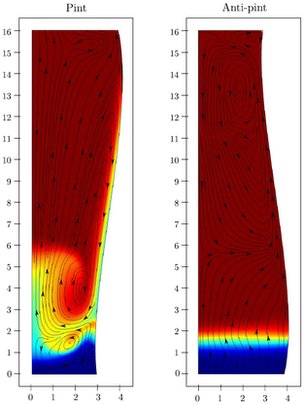
Model Explains the Sinking of Bubbles in Guinness
Before you drink your next pint of Guinness, have a close look at the bubbles in the brew, and see if they sink. Apparently they do. Now a group of scientists from the University of Limerick in Ireland (where else?) has modeled the phenomenon of sinking bubbles in Guinness beer to lend weight to this finding and provide a theoretical explanation.

Follow-Up on Venus Transit of the Sun 2012
After reading about the COMSOL users over at MACCOR in David’s blog post I decided to watch Venus’ transit of the Sun live via their online stream from Tulsa, OK. This was a once in a lifetime opportunity that I, like many people around the world, did not want to miss.
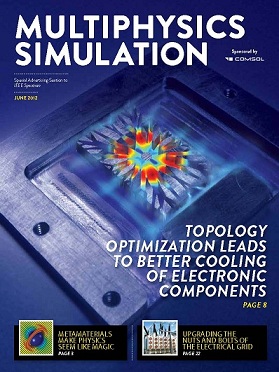
IEEE Spectrum’s Insert Cover Story Optimizes Electronics Cooling
The June issue of IEEE Spectrum included an insert focused on Multiphysics Simulation. This included a feature on cooling in hybrid cars, articles about metamaterials, the smart power grid, as well as biomedical applications.
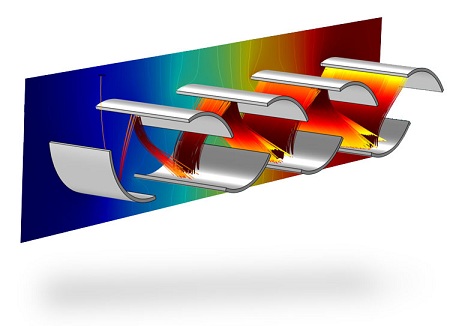
News in Particle Tracing for 4.3
There are many exciting new features in the Particle Tracing Module for COMSOL Multiphysics version 4.3. The secondary particle emission feature is particularly fascinating. “This new option for the Wall Condition allows you to model filter multipliers and multipactors, which were previously very difficult to model”, says Dan Smith, Development Team Leader at COMSOL. A mathematical expression, like a logical expression containing the particle energy for instance, can be used to determine the number of secondary particles to be released. […]
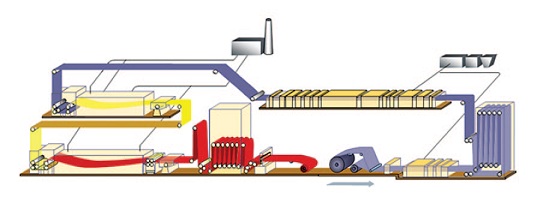
Giving the Power of COMSOL to the Operator
COMSOL News is now available in print and electronically, and you can request your copy of the multiphysics simulation magazine here. One of the great stories concerns a process engineer at Ruukki Metals in Finland, Mika Judin, who not only uses COMSOL to model and optimize his process, but lets the operators use the simulation too.
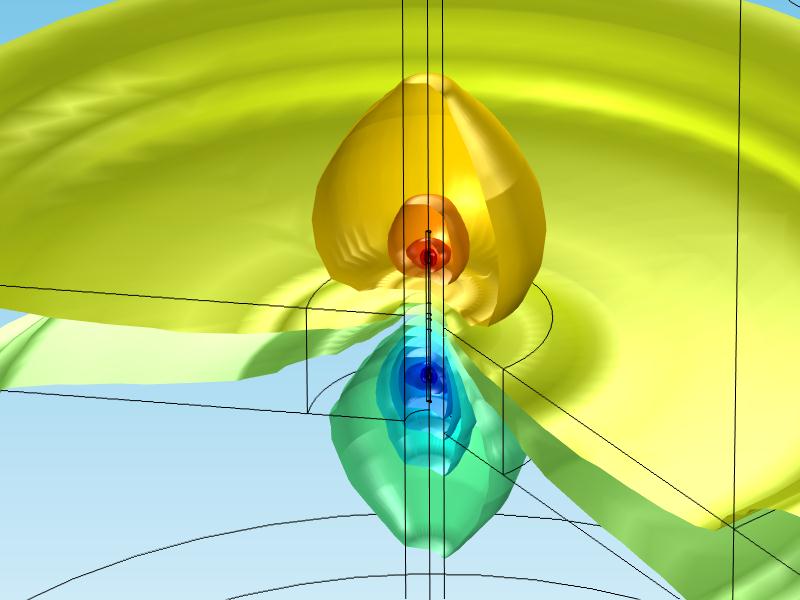
Report from Well Logging Workshop in Houston
On the 17th of May, 27 engineers and scientists related to the oil and gas industry gathered in Northwest Houston to learn more about COMSOL Multiphysics applications for well logging. This area of research and development is of particular interest to the oil services companies, who make tools that help maximize the output from wells. These tools are highly advanced technological devices. They work by being inserted into a wellbore and detecting how much hydrocarbon (e.g., oil) is in the […]
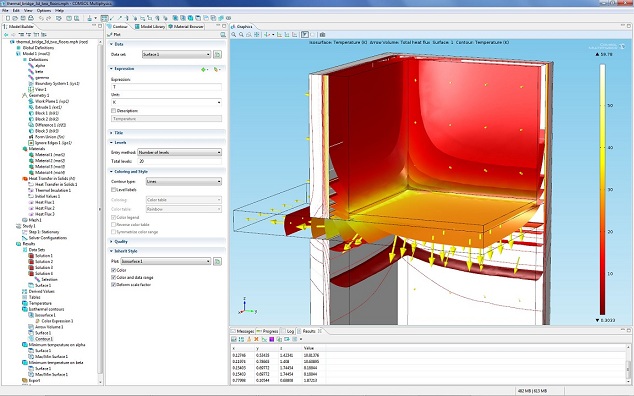
Heat Transfer: Accounting for the Radiation of the Sun
Knowing the sun’s radiation and thermal effects is very important to designers within the building industry, especially in designing “green” buildings. Heat transfer also plays a vital role in designing outdoor devices in terms of maintaining temperatures in extreme hot or cold environments. To use the words of Nicolas Huc, project leader for the Heat Transfer Module development at COMSOL in France: “it makes a huge difference if you forget to take the sun’s radiation into account.”
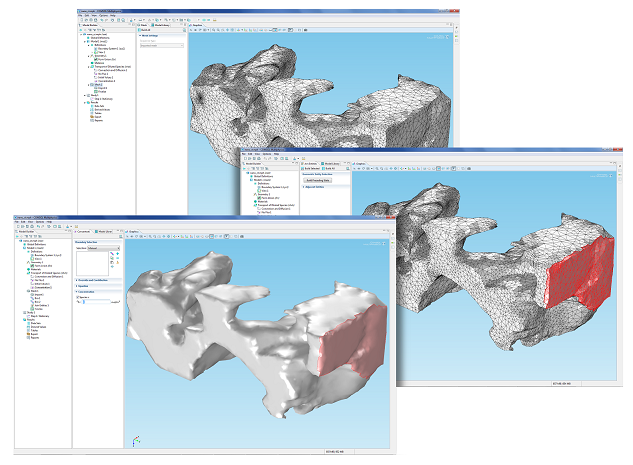
The Difficulties with Working with Nanoparticles
When it comes to the design of batteries, we want to maximize charge while minimizing volume and weight. The use of nanoparticles can help achieve these goals. However, as I was just reading in one of my favorite websites, Phys.org, it is very difficult to control the material properties when working with nanostructures.
